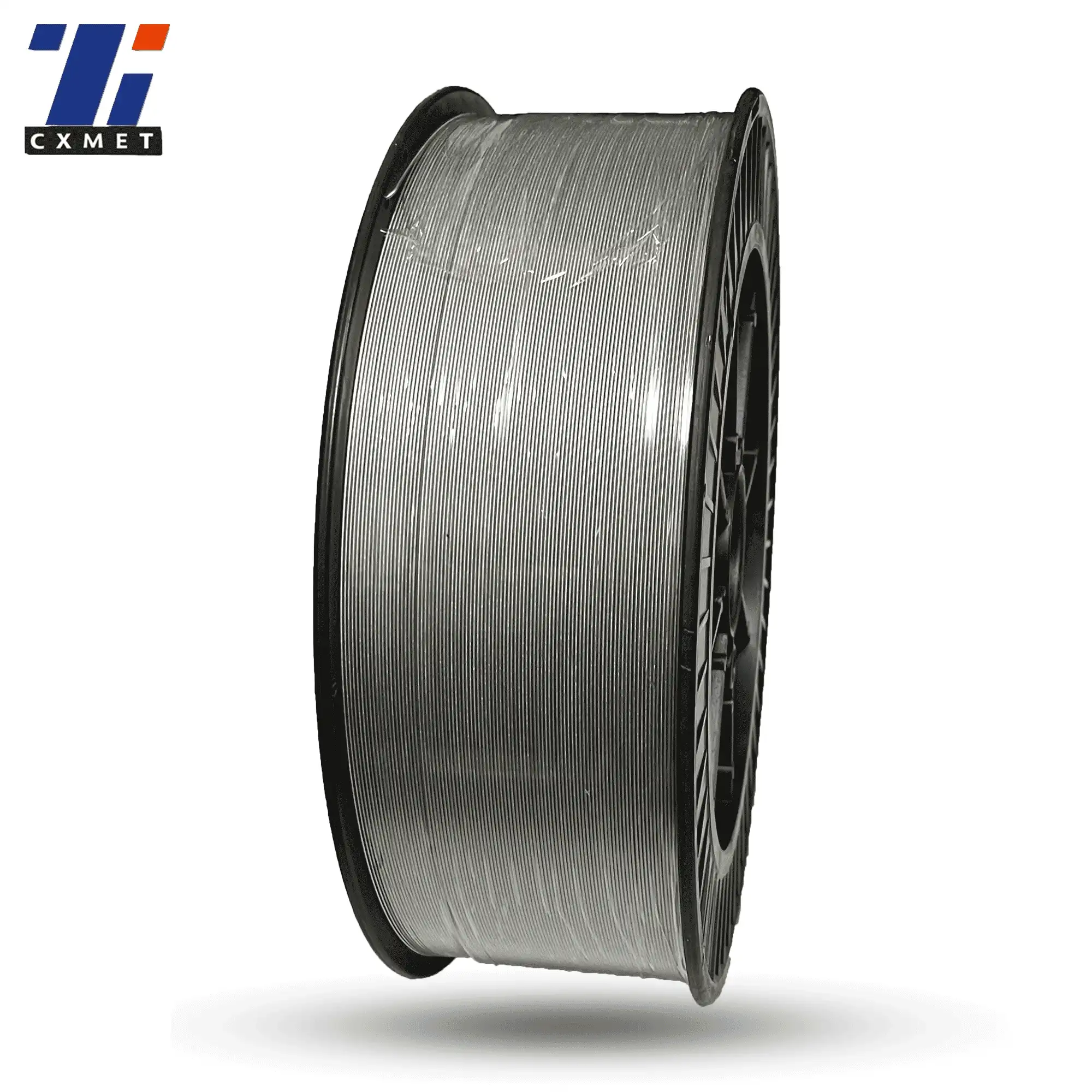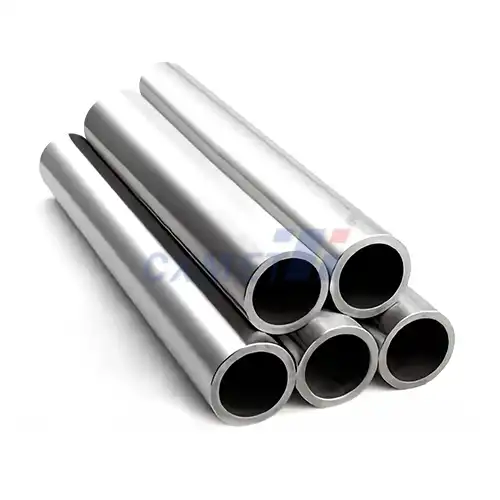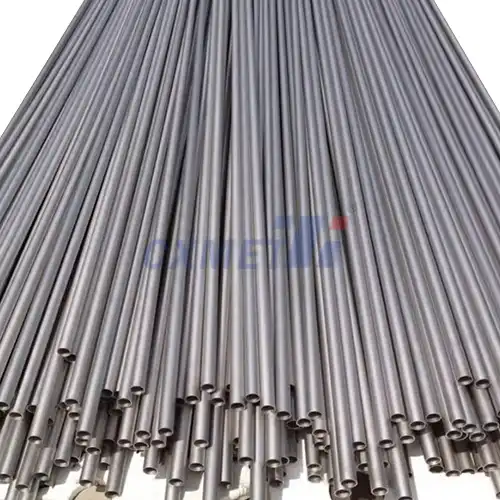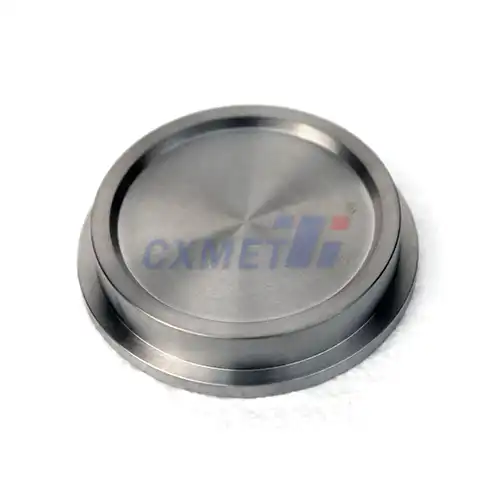- English
- French
- German
- Portuguese
- Spanish
- Russian
- Japanese
- Korean
- Arabic
- Greek
- German
- Turkish
- Italian
- Danish
- Romanian
- Indonesian
- Czech
- Afrikaans
- Swedish
- Polish
- Basque
- Catalan
- Esperanto
- Hindi
- Lao
- Albanian
- Amharic
- Armenian
- Azerbaijani
- Belarusian
- Bengali
- Bosnian
- Bulgarian
- Cebuano
- Chichewa
- Corsican
- Croatian
- Dutch
- Estonian
- Filipino
- Finnish
- Frisian
- Galician
- Georgian
- Gujarati
- Haitian
- Hausa
- Hawaiian
- Hebrew
- Hmong
- Hungarian
- Icelandic
- Igbo
- Javanese
- Kannada
- Kazakh
- Khmer
- Kurdish
- Kyrgyz
- Latin
- Latvian
- Lithuanian
- Luxembou..
- Macedonian
- Malagasy
- Malay
- Malayalam
- Maltese
- Maori
- Marathi
- Mongolian
- Burmese
- Nepali
- Norwegian
- Pashto
- Persian
- Punjabi
- Serbian
- Sesotho
- Sinhala
- Slovak
- Slovenian
- Somali
- Samoan
- Scots Gaelic
- Shona
- Sindhi
- Sundanese
- Swahili
- Tajik
- Tamil
- Telugu
- Thai
- Ukrainian
- Urdu
- Uzbek
- Vietnamese
- Welsh
- Xhosa
- Yiddish
- Yoruba
- Zulu
What Makes Titanium Alloy 6Al-2Sn-4Zr-6Mo Different from Ti-6Al-4V?
2025-07-09 08:55:37
Titanium alloys are renowned for their exceptional strength-to-weight ratio, corrosion resistance, and biocompatibility. Two notable alloys in this category are tianium Alloy 6Al-2Sn-4Zr-6Mo Round Bar (Ti-6246) and Ti-6Al-4V. While both are widely used in aerospace and biomedical applications, they possess distinct characteristics that set them apart. This blog post will explore the key differences between these two alloys, focusing on their composition, mechanical properties, and specific applications.
|
|
|
How does the composition of Ti-6246 differ from Ti-6Al-4V?
The composition of an alloy plays a crucial role in determining its properties and performance. Ti-6246 and Ti-6Al-4V have distinct chemical compositions that contribute to their unique characteristics:
Ti-6246 composition:
- Aluminum (Al): 6%
- Tin (Sn): 2%
- Zirconium (Zr): 4%
- Molybdenum (Mo): 6%
- Titanium (Ti): Balance
Ti-6Al-4V composition:
- Aluminum (Al): 6%
- Vanadium (V): 4%
- Titanium (Ti): Balance
The primary difference lies in the alloying elements. While both tianium Alloy 6Al-2Sn-4Zr-6Mo Round Bar contain 6% aluminum, Ti-6246 incorporates tin, zirconium, and molybdenum, whereas Ti-6Al-4V uses vanadium as its main alloying element. These compositional differences result in varying microstructures and properties.
Ti-6246 is classified as a near-beta alloy, which means it contains a higher percentage of beta-stabilizing elements (Mo in this case) compared to alpha-stabilizing elements (Al and Sn). This composition allows for a more significant proportion of the beta phase in the microstructure, contributing to its unique properties.
On the other hand, Ti-6Al-4V is an alpha-beta alloy, with a microstructure consisting of both alpha and beta phases. The presence of vanadium acts as a beta-stabilizer, while aluminum stabilizes the alpha phase.
The inclusion of zirconium in Ti-6246 enhances its strength and corrosion resistance. Molybdenum, being a strong beta-stabilizer, improves the alloy's hardenability and contributes to its superior strength at elevated temperatures. The addition of tin in Ti-6246 helps in solid solution strengthening and improves creep resistance.
These compositional differences result in distinct mechanical properties and thermal stability, making each alloy suitable for specific applications in aerospace, biomedical, and other industries.
What are the key mechanical property differences between Ti-6246 and Ti-6Al-4V?
The mechanical properties of Ti-6246 and Ti-6Al-4V differ significantly due to their unique compositions and microstructures. Understanding these differences is crucial for selecting the appropriate alloy for specific applications:
- Strength: Ti-6246 generally exhibits higher strength compared to Ti-6Al-4V, especially at elevated temperatures. The typical ultimate tensile strength (UTS) of Ti-6246 ranges from 1170 to 1310 MPa, while Ti-6Al-4V has a UTS of 895 to 1000 MPa. This higher strength is attributed to the presence of molybdenum and the near-beta microstructure in Ti-6246.
- Yield Strength: The yield strength of Ti-6246 (1100-1170 MPa) is also superior to that of Ti-6Al-4V (830-924 MPa). This property is particularly important in applications where the material must resist permanent deformation under load.
- Elongation: Ti-6Al-4V typically has higher elongation (10-15%) compared to Ti-6246 (8-10%). This indicates that Ti-6Al-4V has better ductility and formability, making it more suitable for applications requiring complex shapes or cold forming.
- Fatigue Strength: Ti-6246 demonstrates superior fatigue strength, especially at elevated temperatures. This property makes it an excellent choice for components subjected to cyclic loading in high-temperature environments, such as aircraft engines.
- Creep Resistance: The addition of tin and the higher molybdenum content in Ti-6246 contribute to its excellent creep resistance, particularly at high temperatures. This property is crucial for aerospace applications where components must maintain their dimensional stability under sustained loads at elevated temperatures.
- Fracture Toughness: Ti-6Al-4V generally exhibits higher fracture toughness compared to Ti-6246. This property is important in applications where resistance to crack propagation is critical.
- Temperature Performance: Ti-6246 maintains its strength and creep resistance at higher temperatures (up to about 540°C) compared to Ti-6Al-4V (up to about 400°C). This superior high-temperature performance makes Ti-6246 preferred for applications in hot sections of aircraft engines.
- Machinability: Ti-6Al-4V is generally considered to have better machinability compared to Ti-6246. The higher strength and hardness of Ti-6246 can make it more challenging to machine, potentially requiring specialized tools and techniques.
- Weldability: Both tianium Alloy 6Al-2Sn-4Zr-6Mo Round Bar can be welded, but Ti-6Al-4V is generally considered to have better weldability. Ti-6246 may require more careful control of welding parameters to avoid issues such as cracking or embrittlement.
- Corrosion Resistance: Both alloys exhibit excellent corrosion resistance, but Ti-6246 may have a slight edge in certain environments due to its higher molybdenum content.
These mechanical property differences highlight why Ti-6246 is often preferred for high-strength, high-temperature applications, while Ti-6Al-4V remains the go-to alloy for a broader range of applications requiring a good balance of strength, ductility, and formability.
How do the applications of Ti-6246 differ from those of Ti-6Al-4V?
The distinct mechanical properties and characteristics of Ti-6246 and Ti-6Al-4V lead to their use in different applications across various industries. Understanding these application differences is crucial for engineers and designers when selecting the most suitable alloy for a specific purpose:
Aerospace Applications:
- Both alloys find extensive use in the aerospace industry, but in different components and sections of aircraft:
- Ti-6246: - High-temperature components in aircraft engines (e.g., compressor discs, blades, and cases) - Parts requiring high strength-to-weight ratio at elevated temperatures - Structural components in the hot sections of engines - High-strength fasteners for critical aerospace applications
- Ti-6Al-4V: - Airframe structures (e.g., fuselage frames, wing spars) - Landing gear components - Engine mounts and brackets - Hydraulic tubing - Fasteners for general aerospace applications
Biomedical Applications:
While both alloys are biocompatible, their use in medical applications differs:
- Ti-6246: - Less commonly used in biomedical applications due to its higher cost and more specialized properties - May be used in some high-strength orthopedic implants where its superior strength is advantageous
- Ti-6Al-4V: - Widely used in various biomedical implants (e.g., hip and knee replacements, dental implants) - Surgical instruments - Bone plates and screws - Spinal fusion cages
Automotive Applications:
Both alloys have found their way into the automotive industry, but in different components:
- Ti-6246: - High-performance engine components (e.g., valves, connecting rods) - Racing car components requiring high strength and temperature resistance - Turbocharger wheels and other high-temperature parts in high-performance vehicles
- Ti-6Al-4V: - Suspension components - Exhaust systems - Engine valves in some high-performance engines - Brake components in high-end vehicles
Marine Applications:
The corrosion resistance of both tianium Alloy 6Al-2Sn-4Zr-6Mo Round Bar makes them suitable for marine environments, but they are used in different capacities:
- Ti-6246: - High-strength components in submarine and naval vessel propulsion systems - Specialized marine fasteners requiring high strength and corrosion resistance
- Ti-6Al-4V: - Hull structures and fittings for high-performance boats - Propeller shafts - Heat exchangers in desalination plants - Offshore oil and gas equipment
Chemical Processing Industry:
Both alloys are used in chemical processing equipment, but Ti-6246 is preferred in more demanding environments:
- Ti-6246: - High-temperature chemical reactors - Pressure vessels for aggressive chemicals - Components in chlorine dioxide generators
- Ti-6Al-4V: - General-purpose chemical processing equipment - Pumps and valves in corrosive environments - Heat exchangers
Sports and Recreation:
The use of these alloys in sports equipment varies based on the required properties:
- Ti-6246: - High-end golf club heads requiring exceptional strength and performance - Specialized components in racing bicycles
- Ti-6Al-4V: - Bicycle frames and components - Tennis racket frames - Golf club heads - Camping and hiking equipment
Industrial Applications:
In industrial settings, the alloys are used based on their specific strengths:
- Ti-6246: - High-temperature fasteners in industrial turbines - Components in high-performance compressors - Specialized tooling for high-temperature applications
- Ti-6Al-4V: - General industrial fasteners - Pump components - Pressure vessels - Heat exchangers in various industries
In conclusion, while both Ti-6246 and tianium Alloy 6Al-2Sn-4Zr-6Mo Round Bar, their specific properties lead to different applications. Ti-6246 is preferred in high-temperature, high-strength applications, particularly in aerospace and specialized industrial settings. Ti-6Al-4V, with its excellent balance of strength, ductility, and formability, finds broader use across various industries, especially in biomedical and general aerospace applications. The choice between these alloys depends on the specific requirements of the application, including operating temperature, strength needs, formability, and cost considerations.
At SHAANXI CXMET TECHNOLOGY CO., LTD, we take pride in our extensive product range, which caters to diverse customer needs. Our company is equipped with outstanding production and processing capabilities, ensuring the high quality and precision of our products. We are committed to innovation and continuously strive to develop new products, keeping us at the forefront of our industry. With leading technological development capabilities, we are able to adapt and evolve in a rapidly changing market. Furthermore, we offer customized solutions to meet the specific requirements of our clients. If you are interested in our products or wish to learn more about the intricate details of our offerings, please do not hesitate to contact us at sales@cxmet.com. Our team is always ready to assist you.
References
1. Boyer, R., Welsch, G., & Collings, E. W. (1994). Materials Properties Handbook: Titanium Alloys. ASM International.
2. Leyens, C., & Peters, M. (Eds.). (2003). Titanium and Titanium Alloys: Fundamentals and Applications. John Wiley & Sons.
3. Lutjering, G., & Williams, J. C. (2007). Titanium (2nd ed.). Springer-Verlag Berlin Heidelberg.
4. Peters, M., Kumpfert, J., Ward, C. H., & Leyens, C. (2003). Titanium alloys for aerospace applications. Advanced Engineering Materials, 5(6), 419-427.
5. Donachie, M. J. (2000). Titanium: A Technical Guide (2nd ed.). ASM International.
6. Banerjee, D., & Williams, J. C. (2013). Perspectives on Titanium Science and Technology. Acta Materialia, 61(3), 844-879.






